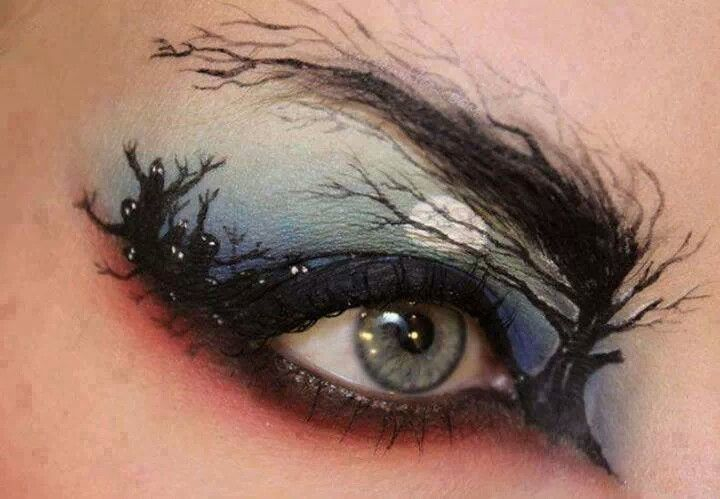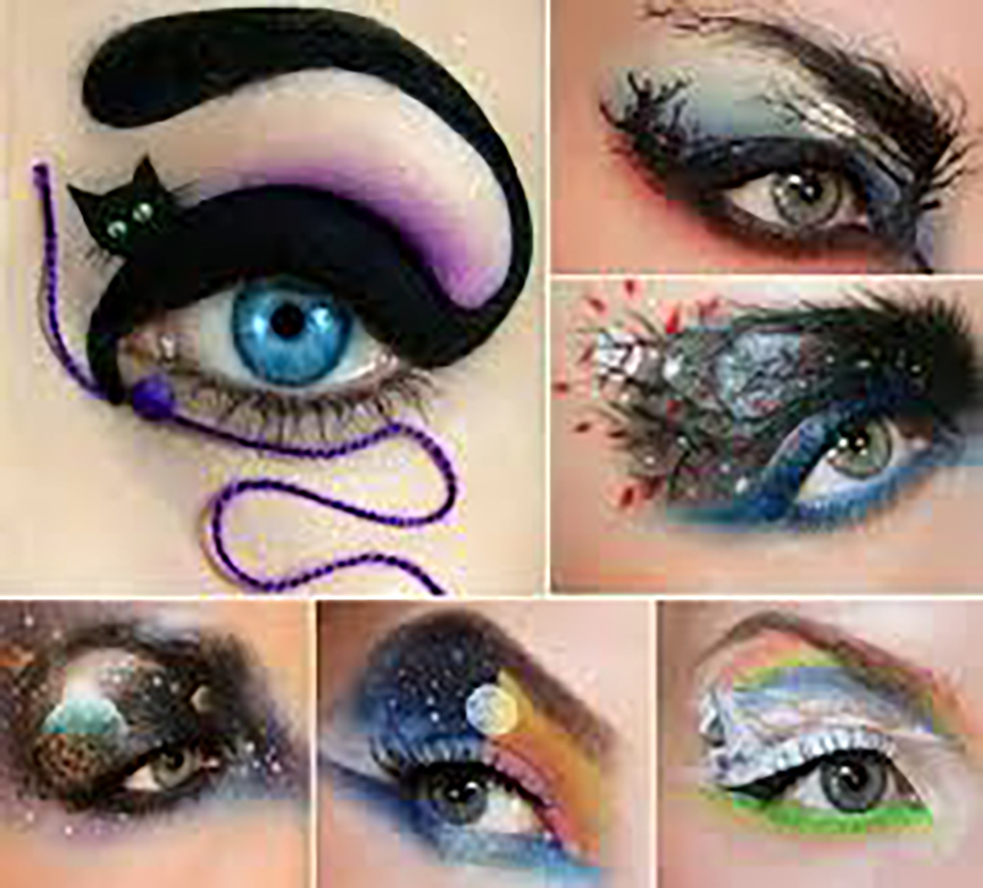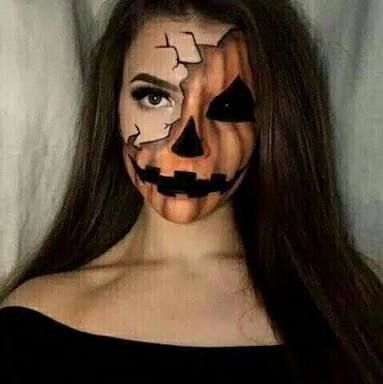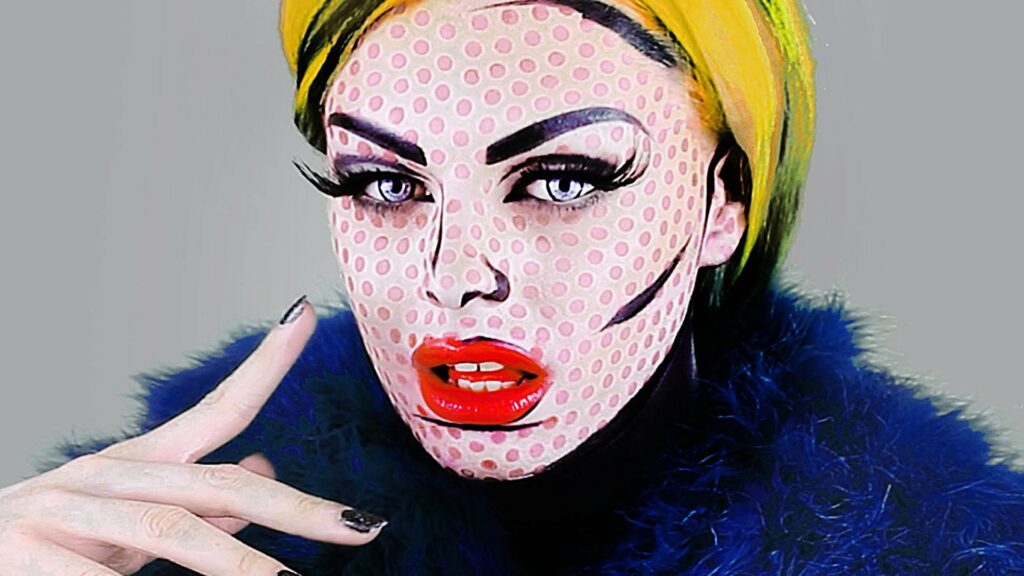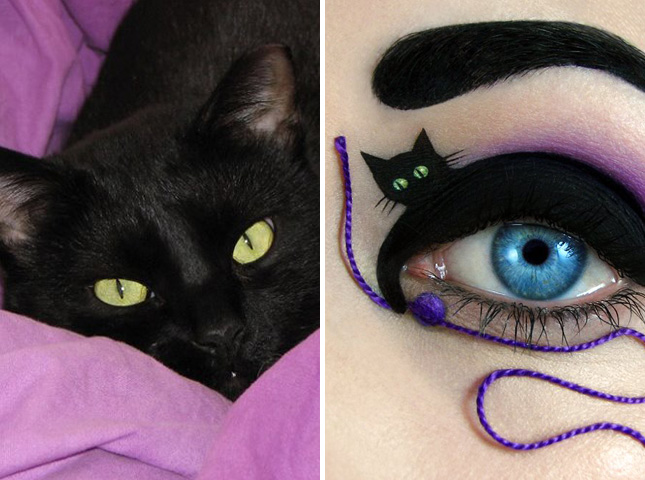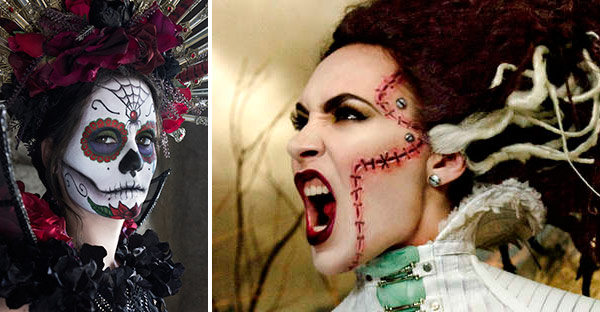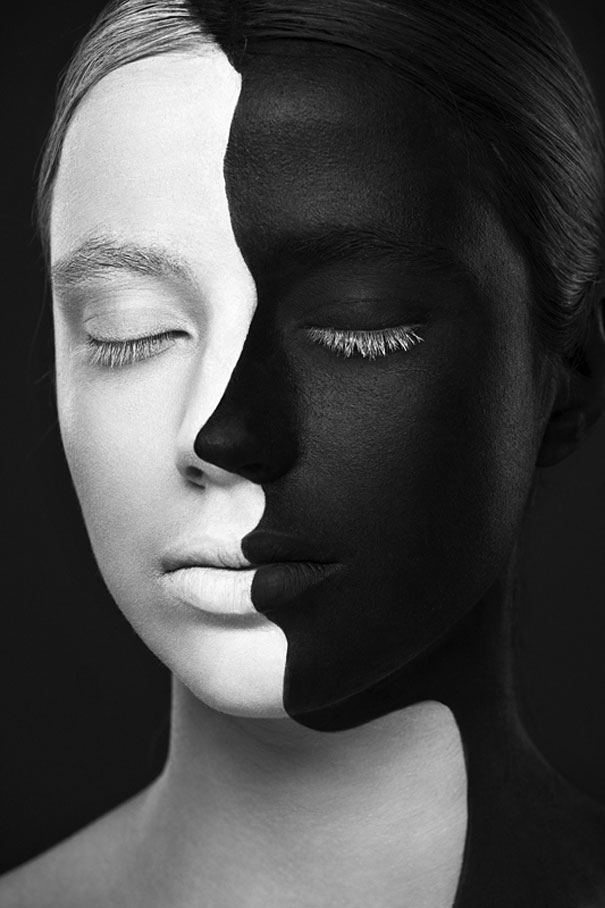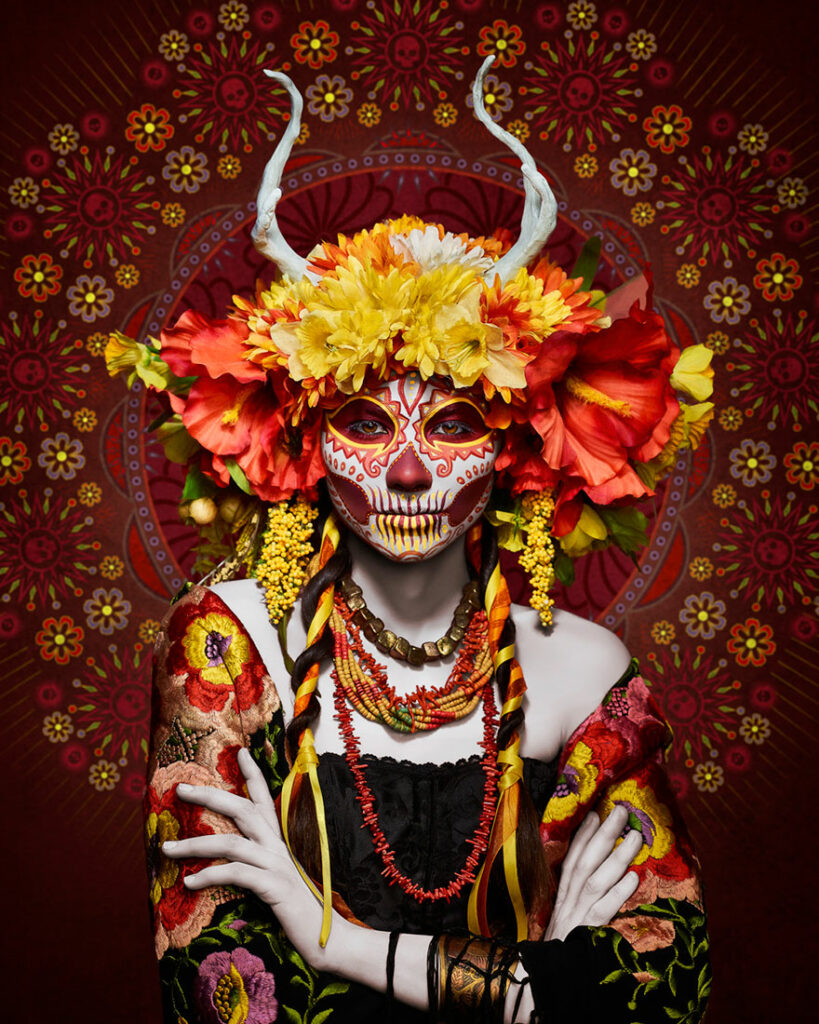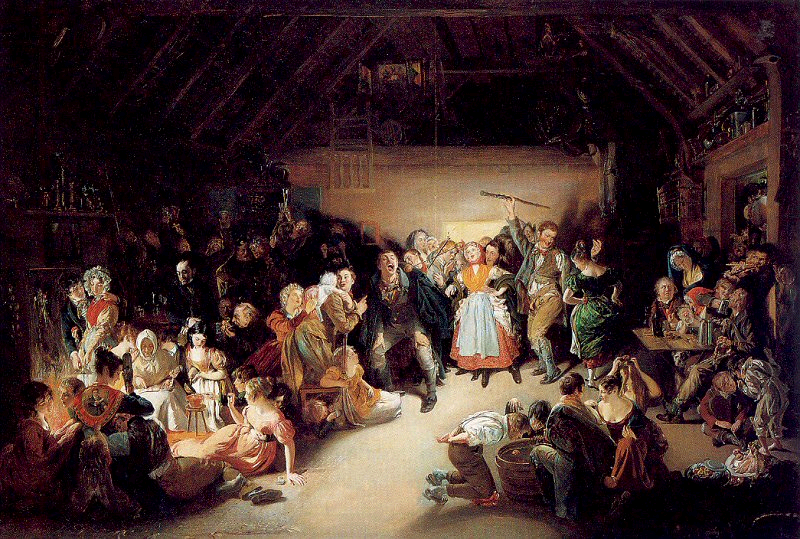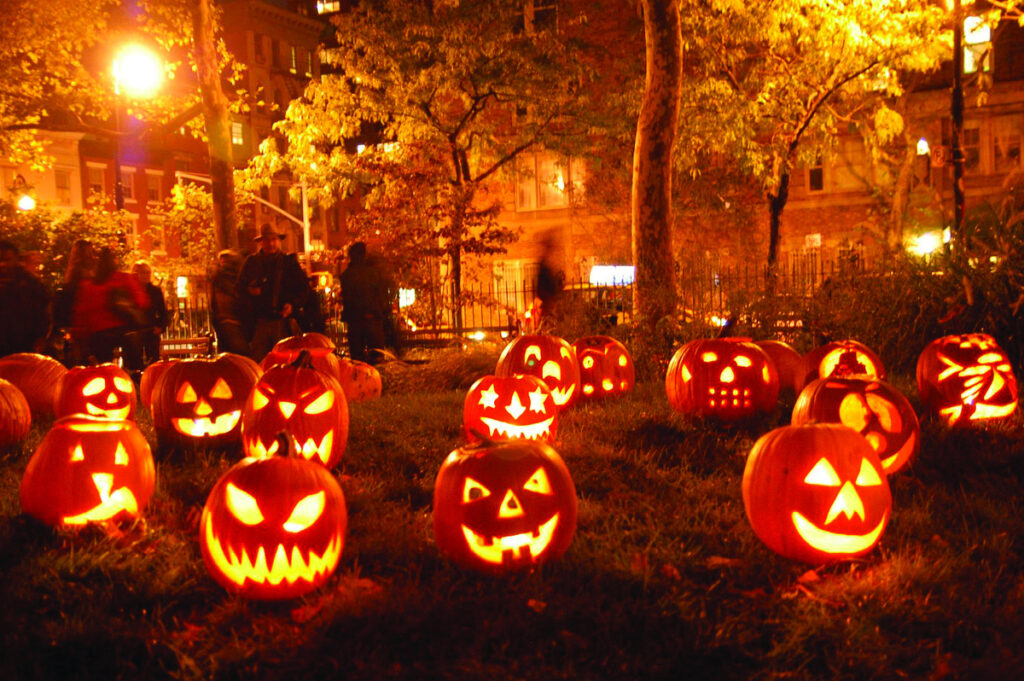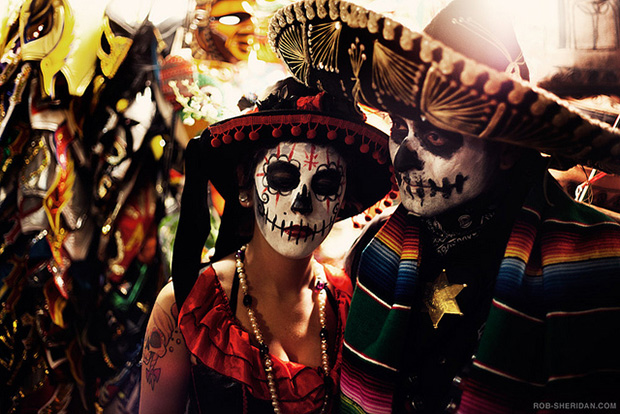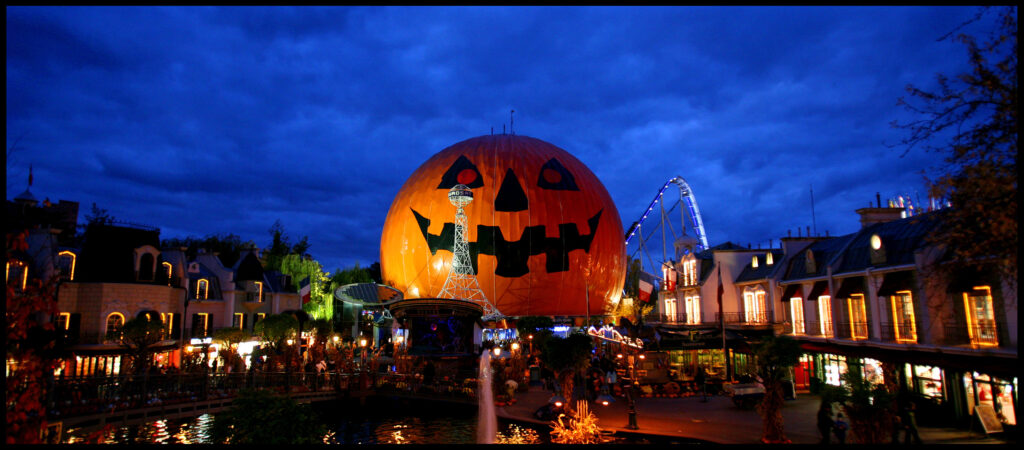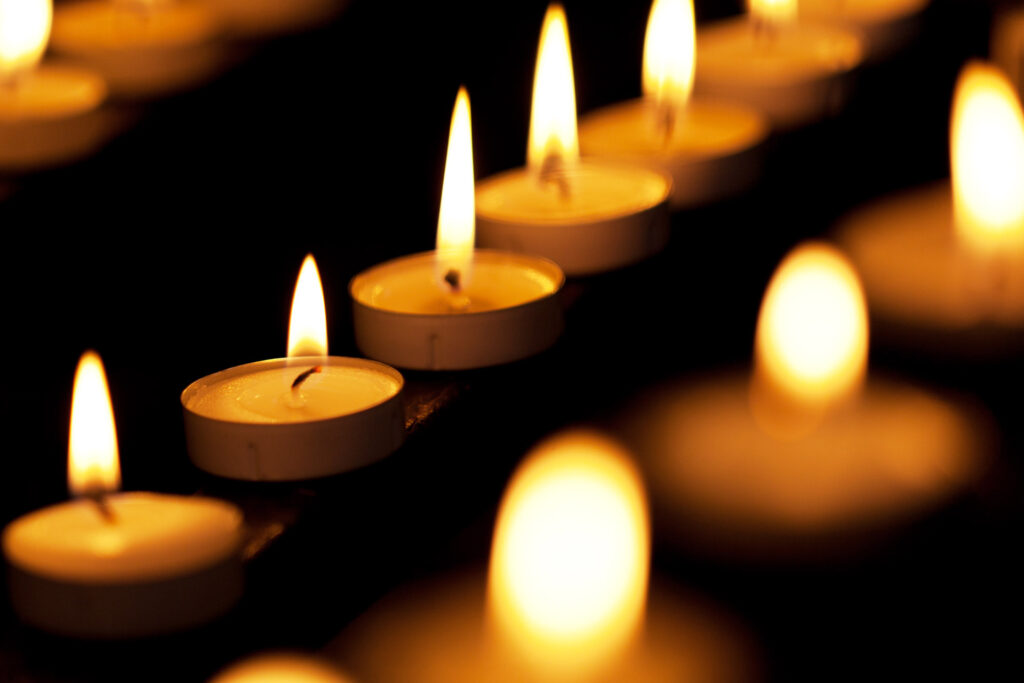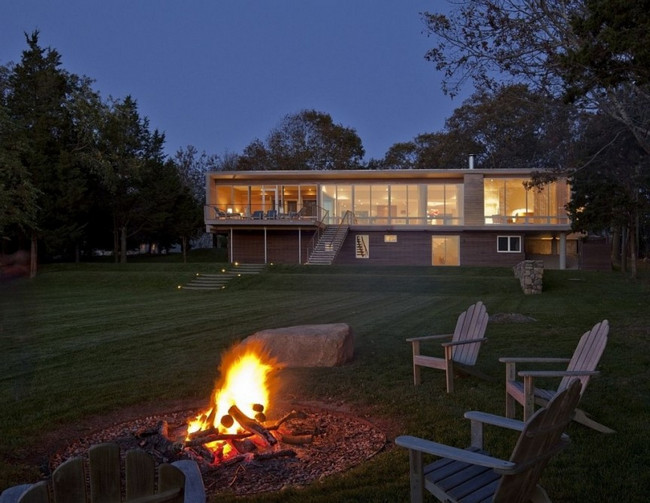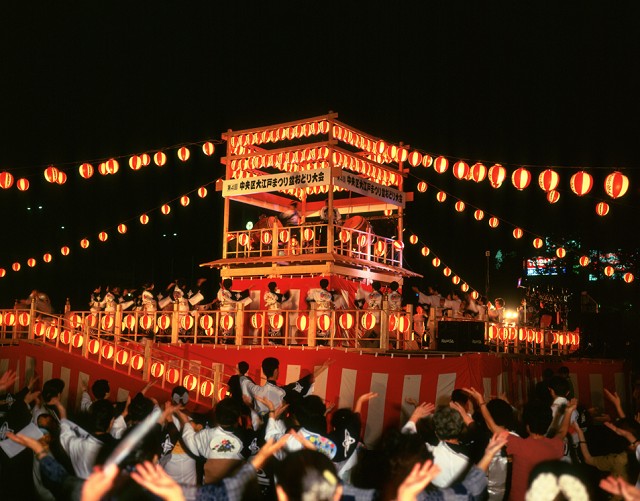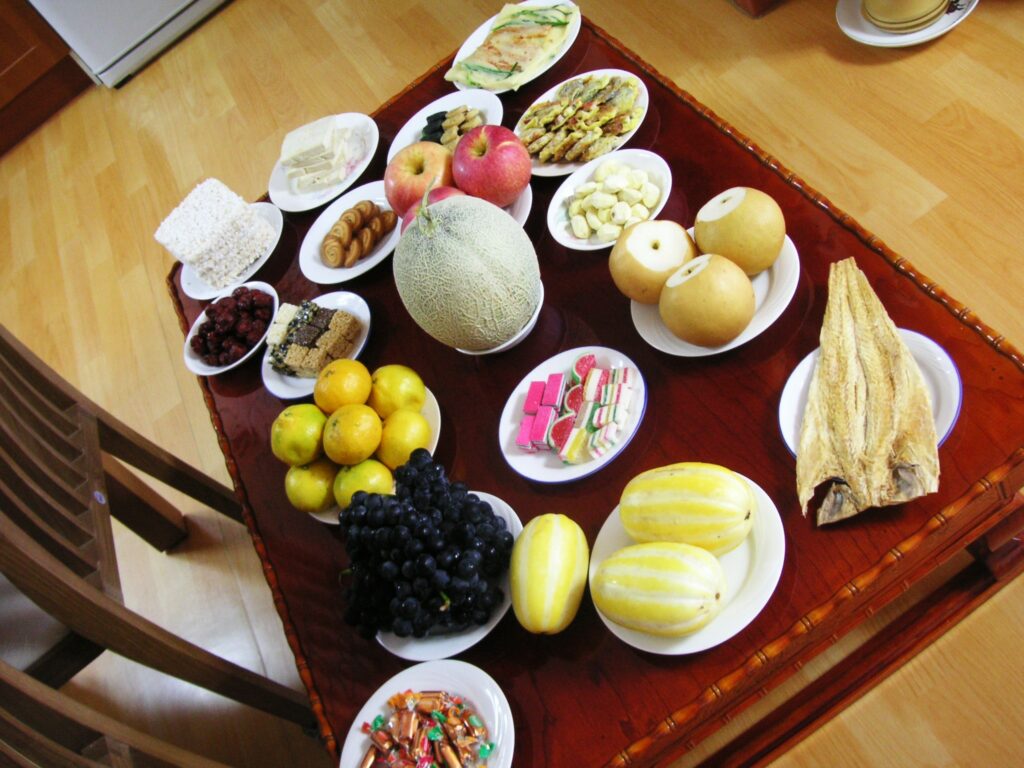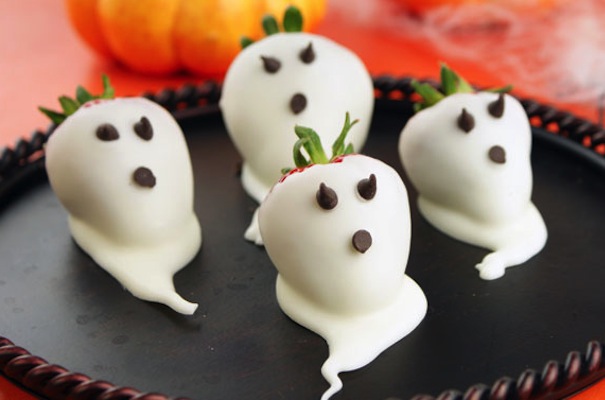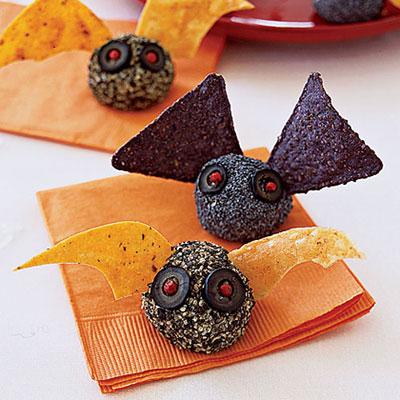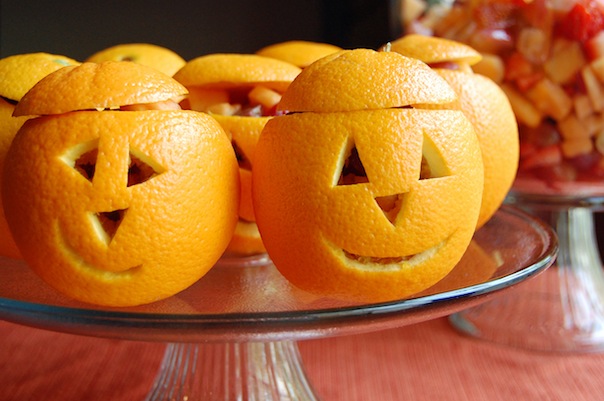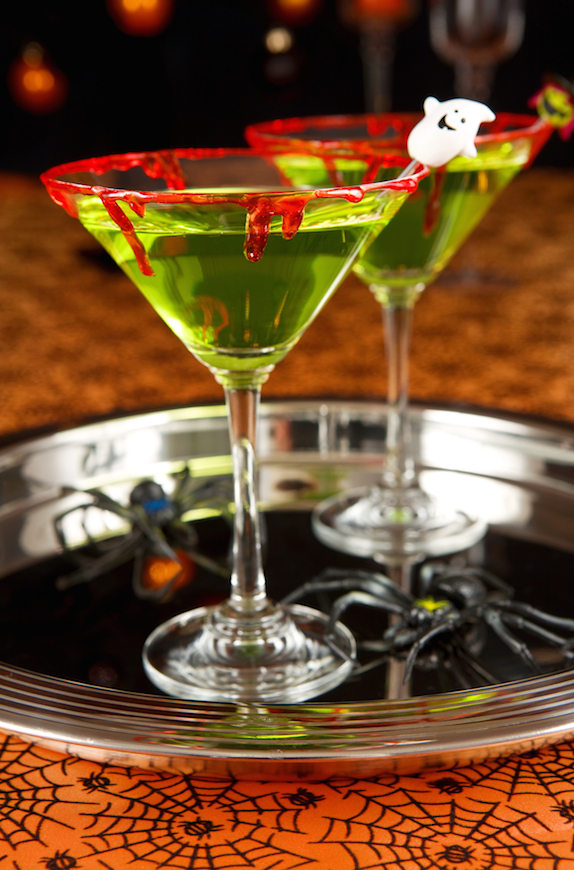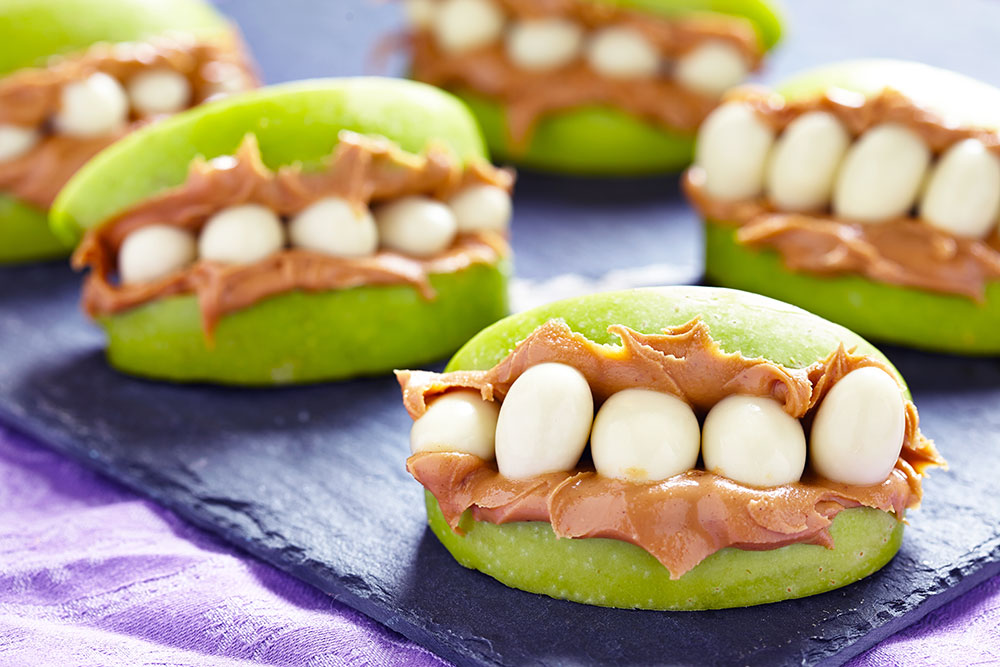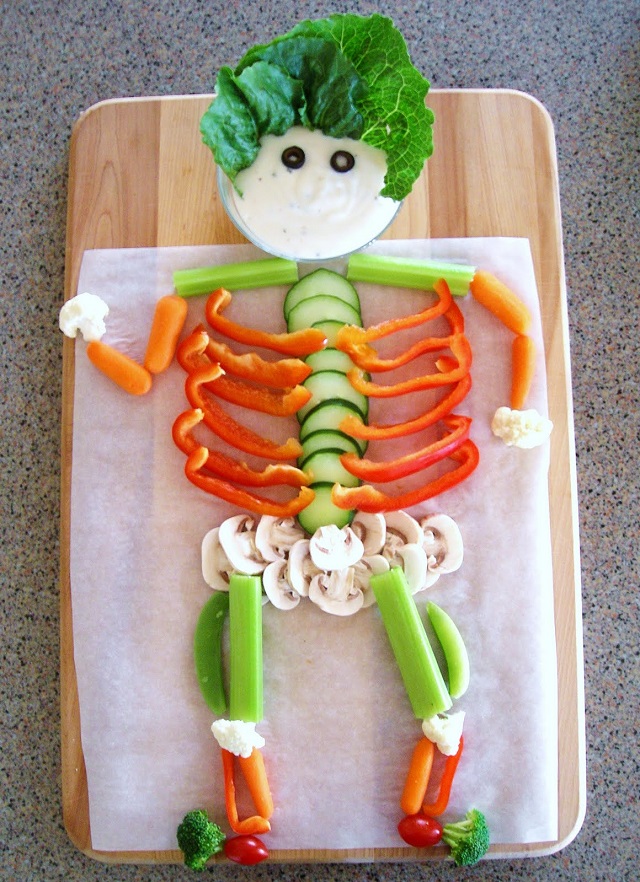18 Oct Halloween History, Tutorials, Recipes, Pumpkin Carving, and More…
Halloween History, Tutorials, Recipes, Pumpkin Carving, and More…
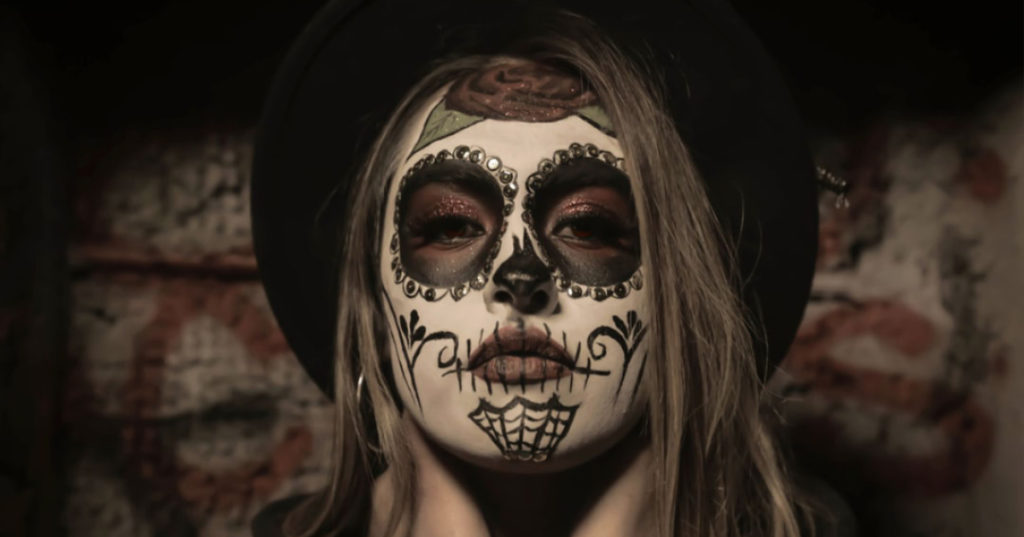
Hello everybody, first of all, we would like to thank you for your enormous support and the thousands of visits and loving messages, we are so thankful.
On week 58 we are sharing fantastic insights to Halloween culture, foods, and pumpkin carvings by one of the most talented artists, a lot of research and love has gone into the post, enjoy share and like if you do, be safe and remember your health so let’s consume small amounts of SUGAR, if possible, nowadays we find many products sugar free.
Here is a video from the most amazing makeup artist Rick Baker
Here is a gift from us, the tutorials from Rick Baker, WOW! what a treat from a master. He has set such an example for all of us in the make-up industry, he is excellence and perfection with such grace. We are honored to share these with you.
We thought that it would be fun to share carving pumpkins with an amazing artist and sculptor as Andy Bergholtz. WOW! again another gift to complete Halloween post #1. We added some fun easy recipes, enjoy and share with your friends and family, and don’t forget to click LIKE to keep us going, thank you, thank you from all of us.
We wish you health, happiness, and your ideal success.
History of Halloween
Halloween is a holiday celebrated on the night of October 31. The word Halloween is a shortening of All Hallows’ Evening also known as Hallowe’en or All Hallows’ Eve.
Traditional activities include trick-or-treating, bonfires, costume parties, visiting “haunted houses” and carving jack-o-lanterns. Irish and Scottish immigrants carried versions of the tradition to North America in the nineteenth century. Other western countries embraced the holiday in the late twentieth century including Ireland, the United States, Canada, Puerto Rico, and the United Kingdom as well as of Australia and New Zealand.
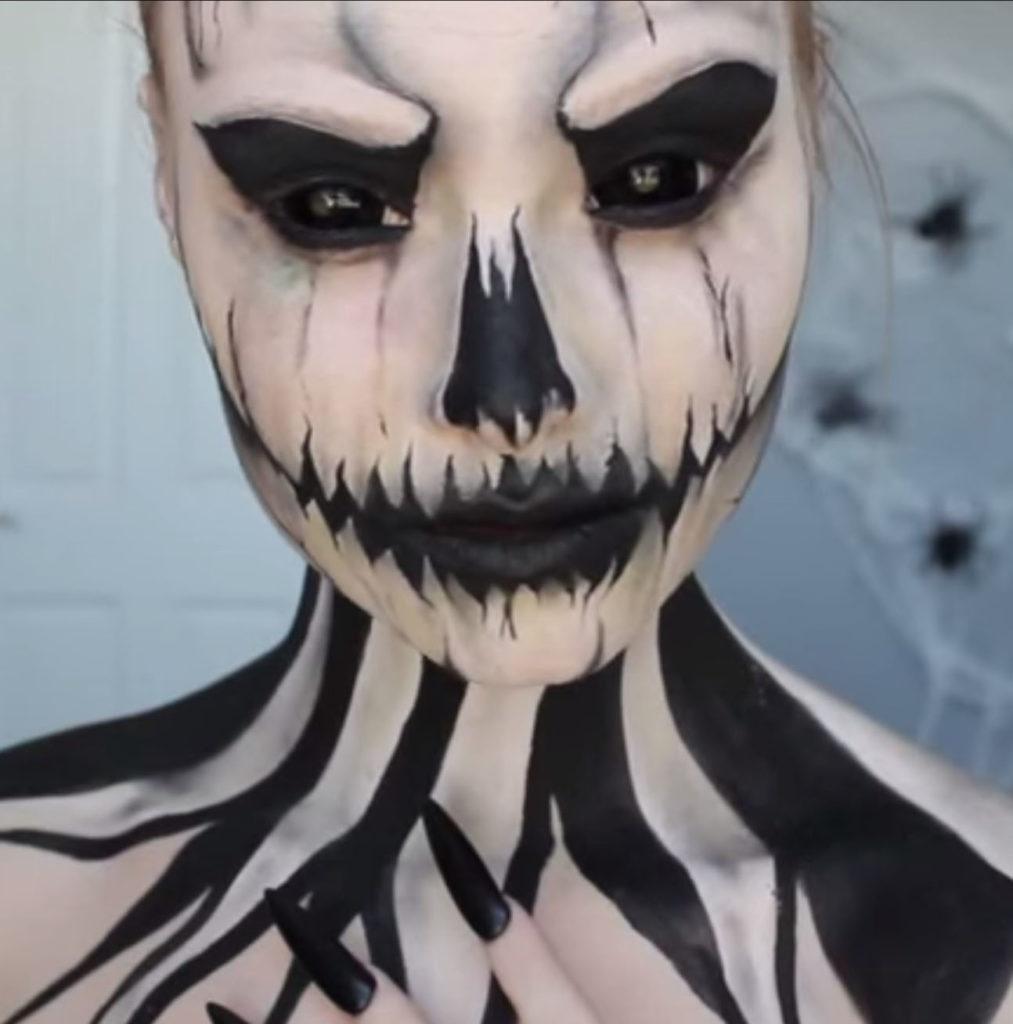
Halloween has its origins in the ancient Celtic festival known as Samhain (pronounced “sah-win”).
The festival of Samhain is a celebration of the end of the harvest season in Gaelic culture. Samhain was a time used by the ancient pagans to take stock of supplies and prepare for winter. The ancient Gaels believed that on October 31, the boundaries between the worlds of the living and the dead overlapped, and the deceased would come back to life and cause havoc such as sickness or damaged crops.
The festival would frequently involve bonfires. It is believed that the fires attracted insects to the area which attracted bats to the area. These are additional attributes of the history of Halloween.
Masks and costumes were worn in an attempt to mimic the evil spirits or appease them.
Makeup Examples for Reference
Pumpkin Enchanted Forest
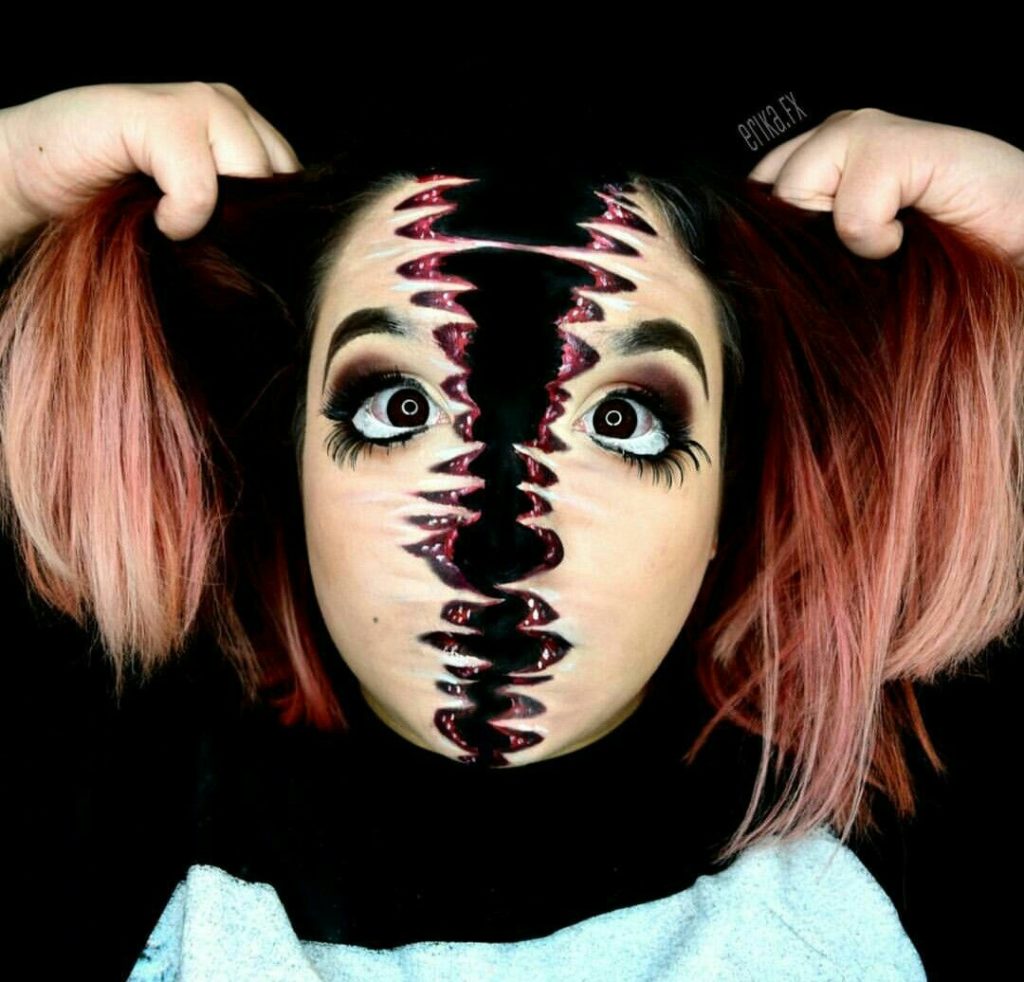
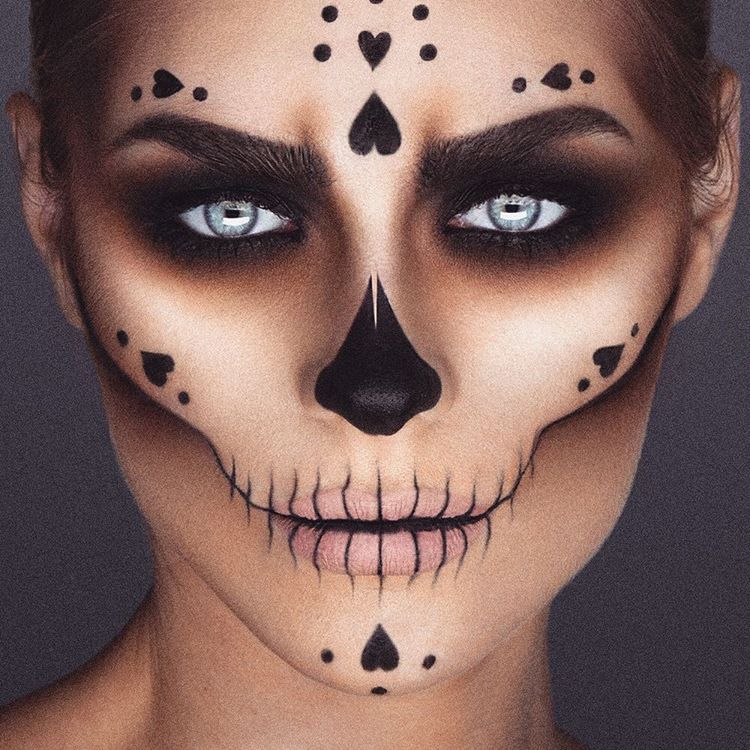
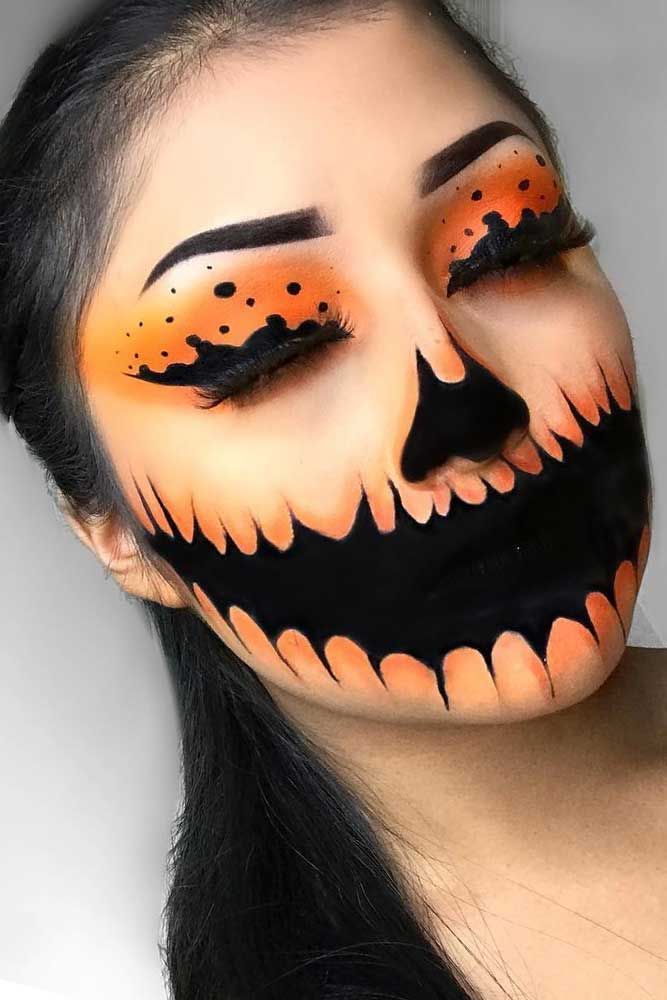
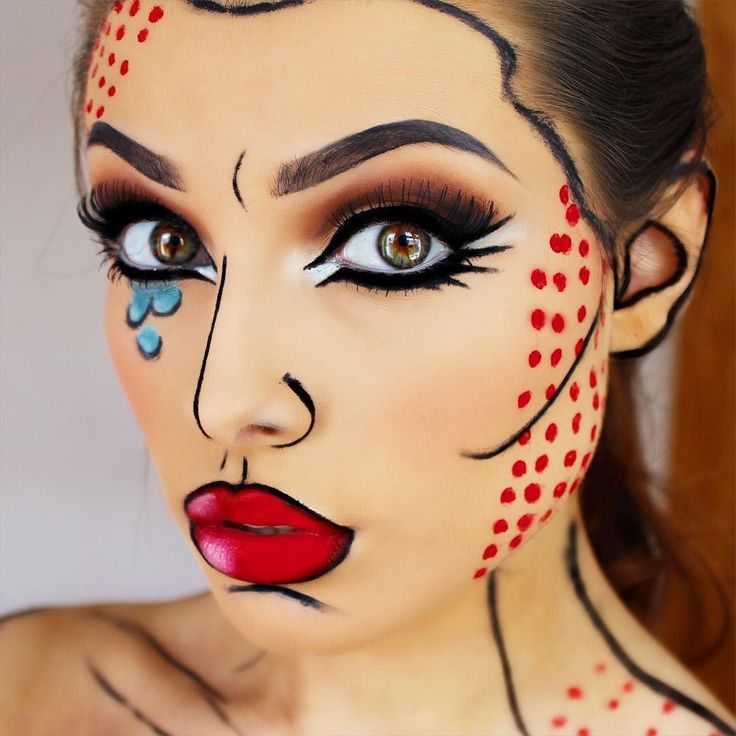
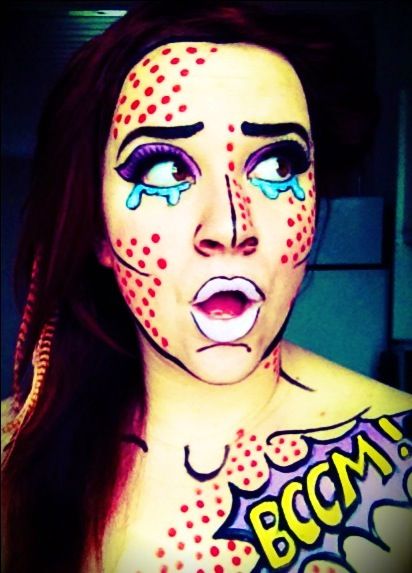
Makeup by Rick Baker
Face Painting by Alexander-khokhlov
Trick-or-treating, is an activity for children on or around Halloween in which they proceed from house to house in costumes, asking for treats such as confectionery with the question, “Trick or treat?” The “trick” part of “trick or treat” is a threat to play a trick on the homeowner or his property if no treat is given. Trick-or-treating is one of the main traditions of Halloween. It has become socially expected that if one lives in a neighborhood with children one should purchase treats in preparation for trick-or-treaters.
Halloween around the world
from: http://www.novareinna.com/festive/world.html and http://www.travelchannel.com/interests/haunted/articles/halloween-around-the-world
As one of the world’s oldest holidays, Halloween is still celebrated today in several countries around the globe, but it is in North America and Canada that it maintains its highest level of popularity. Every year, 65% of Americans decorate their homes and offices for Halloween…a percentage exceeded only by Christmas. Halloween is the holiday when the most candy is sold and is second only to Christmas in terms of total sales.
Ireland
The traditional birthplace of Halloween, Ireland is, naturally, home to one of the biggest celebrations: the Spirits of Meath Halloween Festival in County Meath, where an ancient Celtic festival we now know as Halloween began more than 2,000 years ago. Throughout the country, Halloween is welcomed with bonfires, party games, and traditional food, such as barmbrack, an Irish fruitcake that contains coins, buttons, rings, and other fortune-telling objects; and, of course, beer (among other drinks of choice). Fortunetelling is part of the old Irish Halloween tradition. If a young woman gets a ring that has been baked in a pastry or bread or even mashed potatoes, then she’ll be married by next Halloween. Tricks are also part of the Irish Halloween scene. Kids knock on doors, then run away before the doors get opened by the owner. Hopefully, this takes place after they’ve already acquired the candy during a previous foray through the neighborhood.
France
Halloween, the three millennia-old, famous folklore celebration has its roots in the Celtic and the Anglo-Saxon world let see when and how did it get to France? How do the French people celebrate Halloween? Let’s take a closer look.
Halloween, as a folk celebration, only appeared in France in the ’80s and at that time was only celebrated by the English-speaking communities in bars or restaurants, not by all the French people. The French people only became familiar with Halloween at the beginning of the ’90s. In 1992 the company César who specialized in fancy dress costumes decided to work on a way to settle in France and market their products but THE year of the massive marketing launching was 1997 when American companies such as Disneyland, Coca-Cola, and McDonald’s began using Halloween images in publicity campaigns in France. Even the French telecommunication society France Telecom commercialized an orange cell-phone named Olaween related to the holiday.
In France, Halloween is usually celebrated by young people in costumes going to parties at friends’ places, or clubs. The costumes themselves tend to be traditionally “scary” (vampires, ghosts, and witches, rather than costumes like princesses, superheroes, or even policemen or nurses which are popular in the United States and Great Britain they really cater to scary.
Stores and commercial centers decorate their windows and pastry and candy shops sell sweets and chocolate using the theme of Halloween.
French children also go from house to house trick-or-treating, which is translated as «des bonbons ou des coups de bâton » in French.
Controversial Halloween
Halloween in France nowadays is rather controversial, due to several reasons. One of the main reasons is that traditionally between October 31st and November 2nd, the French, particularly the older generations, visit cemeteries, honor saints, and attend religious services. Therefore, Halloween is seen as a distraction and a lack of respect for these celebrations of dead people.
Nowadays, Halloween is taking root in France. And, of course, the French love to dress up and have a party by culture. The jury is still out on if Halloween is gonna stick, but you can be sure that when Yves St. Laurent puts a Halloween costume on the fashion runway, the French take notice.
Nowadays, shops and trademarks use the images of Halloween, pumpkins, skeletons Bats, ghosts,s, etc… in their ads, so now, French people know it well, and some even start to celebrate Halloween with their kids. Why not? is so much fun for the whole family. The French traditionally love to get in costumes, and it’s quite common to have a costumed New Year party or a costumed birthday, even more so among kids.
Mexico
No nation celebrates the dead with festivities better than Mexico. In fact, “Dia de Los Muertos” (Day of the Dead), is celebrated over several days, from Oct. 31 through Nov. 2. It’s not Halloween at all, but rather a way that All Souls Day comes to life in Mexico. The celebration offers a chance to remember the deceased, tell their stories, and celebrate their lives. Family feasts, skull-shaped sweets, lots of tequila, dancing and mariachi music, as well as parades of people dressed as skeletons, all ensure that one’s ancestors are well remembered. The celebration is embraced across Mexico, with huge festivities even in the smallest of villages.
Germany
In Germany, Halloween is celebrated as All Saints Day. In southern Germany, it’s celebrated from October 30 to November 8. Typically, in this and many other Catholic parts of the world, the All Saints Day is spent attending church, honoring the saints who have died for the Catholic faith, as well as visiting and remembering dead family members, usually at the graveside. Additionally, Germans hide their knives, so the returning spirits presumably won’t get harmed by random knife movements during the day.
Austria
In Austria, some people will leave bread, water, and a lighted lamp on the table before retiring on Halloween night. The reason for this is because it was once believed such items would welcome the dead souls back to earth on a night which for the Austrians was considered to be brimming with strong cosmic energies.
Belgium
The Belgians believe that it is unlucky for a black cat to cross once’s the path and also unlucky if it should enter a home or travel on a ship. The custom in Belgium on Halloween night is to light candles in memory of dead relatives.
![]()
Canada
China
In China, the Halloween festival is known as Teng Chieh. Food and water are placed in front of photographs of family members who have departed while bonfires and lanterns are lit in order to light the paths of the spirits as they travel the earth on Haloween night. Worshippers in Buddhist temples fashion “boats of the law” from paper, some of which are very large, which are then burned in the evening hours. The purpose of this custom is twofold: as a remembrance of the dead and in order to free the spirits of the “pretas” in order that they might ascend to heaven. “Pretas” are the spirits of those who died as a result of an accident or drowning and whose bodies were consequently never buried. The presence of “pretas” among the living is thought by the Chinese to be dangerous. Under the guidance of Buddhist temples, societies are formed to carry out ceremonies for the “pretas,” which includes the lighting of lanterns. Monks are invited to recite sacred verses and offerings of fruit are presented.
Czechoslovakia
In Czechoslovakia, chairs are placed by the fireside on Halloween night. There is one chair for each living family member and one for each family member’s spirit.
England
At one time, English children made “punkies” out of large beetroots, upon which they carved a design of their choice. Then, they would carry their “punkies” through the streets while singing the “Punkie Night Song” as they knocked on doors and asked for money. In some rural areas, turnip lanterns were placed on gateposts to protect homes from the spirits who roamed on Halloween night. Another custom was to toss objects such as stones, vegetables, and nuts into a bonfire to frighten away the spirits. These symbolic sacrifices were also employed as fortune-telling tools. If a pebble thrown into the flames at night was no longer visible in the morning, then it was believed that the person who tossed the pebble would not survive another year. If nuts tossed into the blaze by young lovers then exploded, it signified a quarrelsome marriage. For the most, part, however, the English ceased celebrating Halloween with the spread of Martin Luther’s Protestant Reformation. Since followers of the new religion did not believe in Saints, they saw no reason to celebrate the Eve of All Saints’ Day. However, in recent years, the American “trick or treating” custom, together with the donning of costumes for going door-to-door, has become a relatively popular pastime among English children at Halloween, although many of the adults (particularly the older generations) have little idea as to why they are being asked for sweets and are usually ill-prepared to accommodate their small and hopeful callers.
Japan
The Japanese celebrate the “Obon Festival” (also known as “Matsuri” or “Urabon”) which is similar to Halloween festivities in that it is dedicated to the spirits of ancestors. Special foods are prepared and bright red lanterns are hung everywhere. Candles are lit and placed into lanterns which are then set afloat on rivers and seas. During the “Obon Festival,” a fire is lit every night in order to show the ancestors where their families might be found. “Obon” is one of the two main occasions during the Japanese year when the dead are believed to return to their birthplaces. Memorial stones are cleaned and community dances performed. The “Obon Festival” takes place during July or August.
Korea
In Korea, the festival similar to Halloween is known as “Chusok.” It is at this time that families thank their ancestors for the fruits of their labor. The family pays respect to these ancestors by visiting their tombs and making offerings of rice and fruits. The “Chusok” festival takes place in the month of August.
Sweden
In Sweden, Halloween is known as “Alla Helgons Dag” and is celebrated from October 31 until November 6. As with many other holidays, “Alla Helgons Dag” has an eve that is either celebrated or becomes a shortened working day. The Friday prior to All Saint’s Day is a short day for universities while school-age children are given a day of vacation.
United States
In the United States, people celebrate Halloween by wearing scary costumes. They also dress up like popular celebrities, children’s show characters, princesses, superheroes, and much more. After dressing up, kids go trick-or-treating. They go from house to house in their neighborhoods and ask for treats such as candies and snacks by saying, “Trick or treat!” According to tradition, if no treat is given, they can play a trick on the homeowners. The traditional scary and modern fun sides of Halloween are seen today as the Jack-o’-lanterns that people create by carving scary faces on pumpkins. Homeowners place Jack-o’-lanterns in front of their houses to scare evil spirits and to welcome trick-or-treaters. Other modern fun activities that reflect the traditional past of Halloween include watching horror movies and visiting haunted houses.
Strawberry Ghosts via Miss CandiQuik
These chocolate ghosts come together before you can say “Boo!” Just dunk ripe strawberries in melted white chocolate and let them cool on a baking sheet in the fridge. Add mini chocolate chip eyes and mouths and they’re ready for spooky snacking
Bat Bites
These bite-sized bats have an adult-friendly flavor from the goat cheese, cream cheese, and pesto mixture. The kids will love to shape the bats’ bodies, decorate their faces, and give them wings. Keep it simple by preparing just about everything ahead of time.
Ingredients
- 1 (4 oz.) package cream cheese, softened
- 8 ounces soft, mild goat cheese, at room temperature
- 1/4 cup pesto
- 2 tablespoons coarsely ground black pepper
- 2 tablespoons poppy seeds
- 8 pitted olives, sliced
- 32 peppercorns
- 32 triangular blue corn chips or free-form wing shapes made from leftover tortillas
Preparation
Mash together cream cheese, goat cheese, and pesto. Chill for 40 minutes.
Shape mixture into 16 2-inch balls, about 1 heaping tsp. each. Roll in black pepper and poppy seeds to cover. Press two olive slices into balls for eyes and place peppercorns in centers for pupils.
Insert chip on either side of the ball for wings; serve.
Snack-o’-Lantern Fruit Cups via Pennies on a Platter
Looking for a festive way to serve dessert? Look no further — these carved-out oranges make a perfect container for fruit salad.
Halloween Green Tea Martinis
Ingredients
• 2 ounces vodka
• 6 green tea bags
• 1-½ ounces fresh-squeezed lime juice
• 1/2 ounce agave nectar
Directions
1. Infuse a 750ml bottle of vodka with 6 teabags, 3 each of Numi Rainforest Green and Numi Ginger Sun, per instructions above.
2. Mix all ingredients except garnishes in a cocktail shaker with ice and shake for 15 seconds. Strain into a martini glass.
Apple Almond-Butter Bite Backs
With apple’s coming into their prime season, it’s no wonder there are two recipes that incorporate them into our list. These Apple Bite Backs look amazing and taste even better, plus they don’t actually bite.
Ingredients:
- Apples
- Almond Butter
- Jam
- Almond Slices
First slice the apple on either side of the core, leaving 2 halves with the core free standing. Cut the halves into half slices again. Then cut a triangle middle slice out of the skin side of the apple leaving an open mouth shape. Spread the almond butter (or jam) into the mouth of the apple. Stick almond slices in as teeth! (recipe from ohsheglows.com)
Vegetable Plater Ideas

